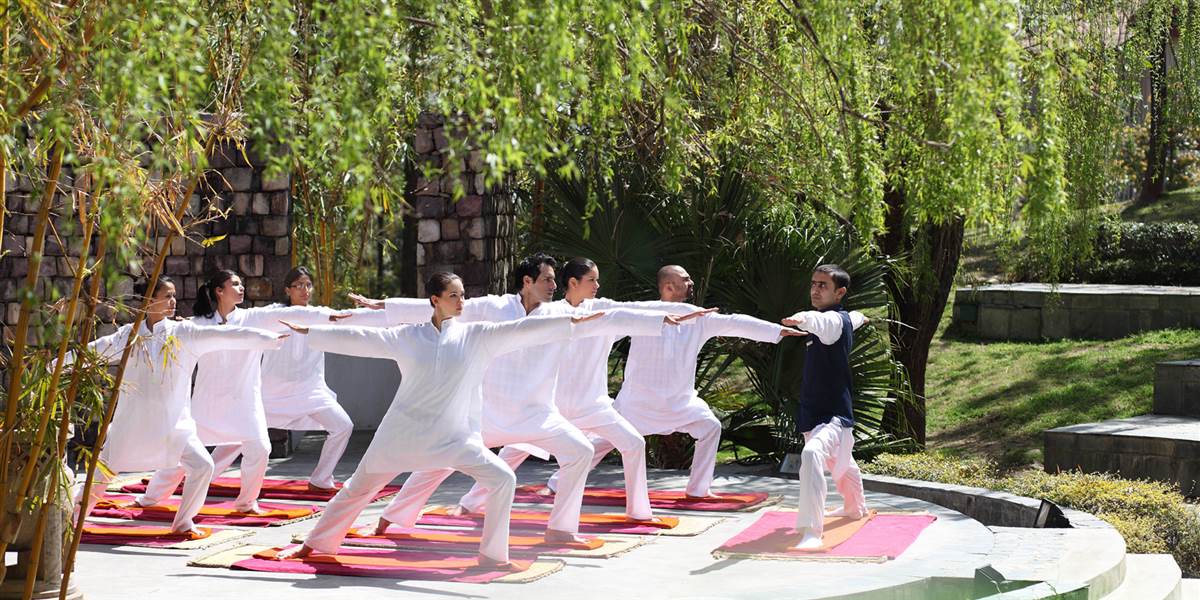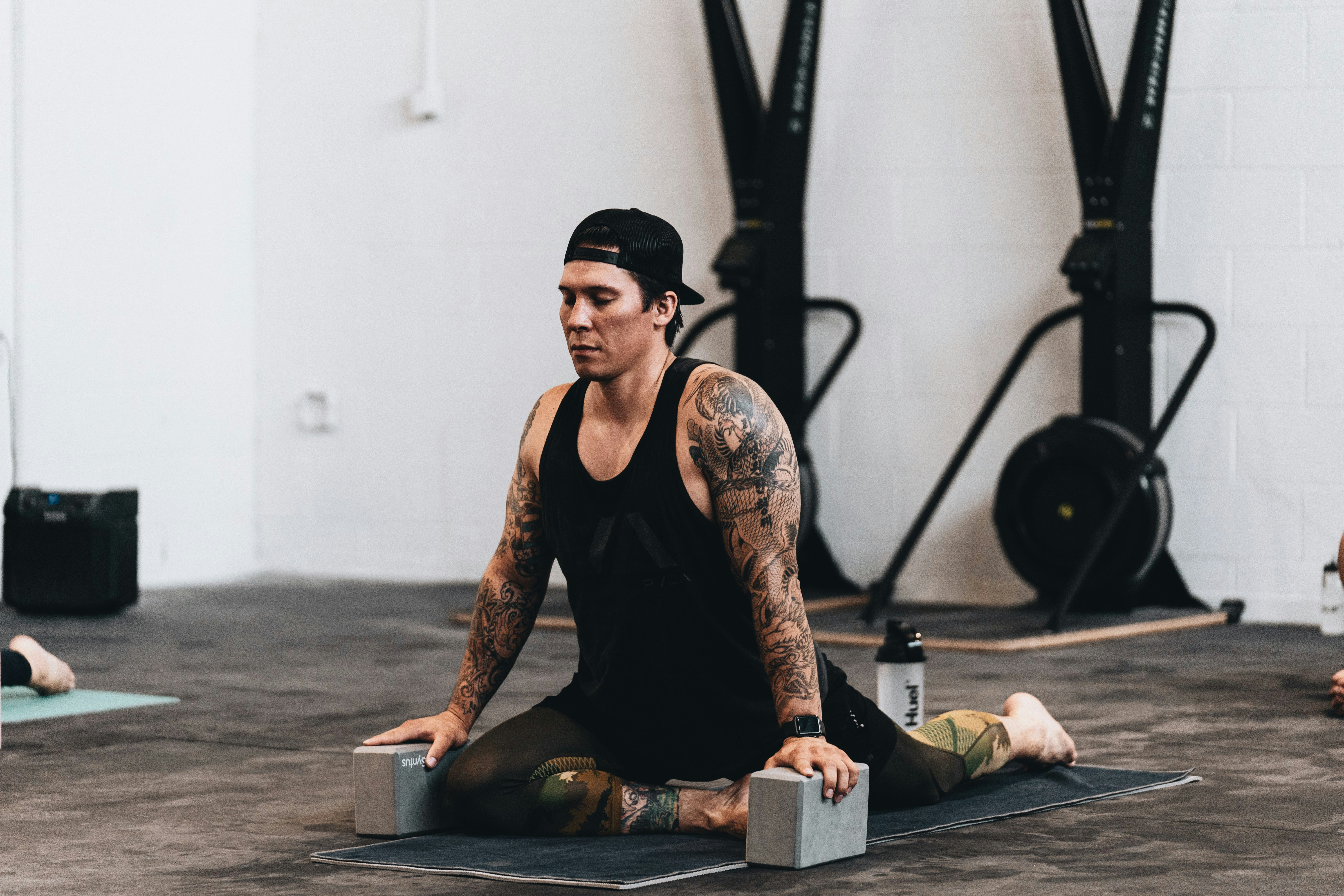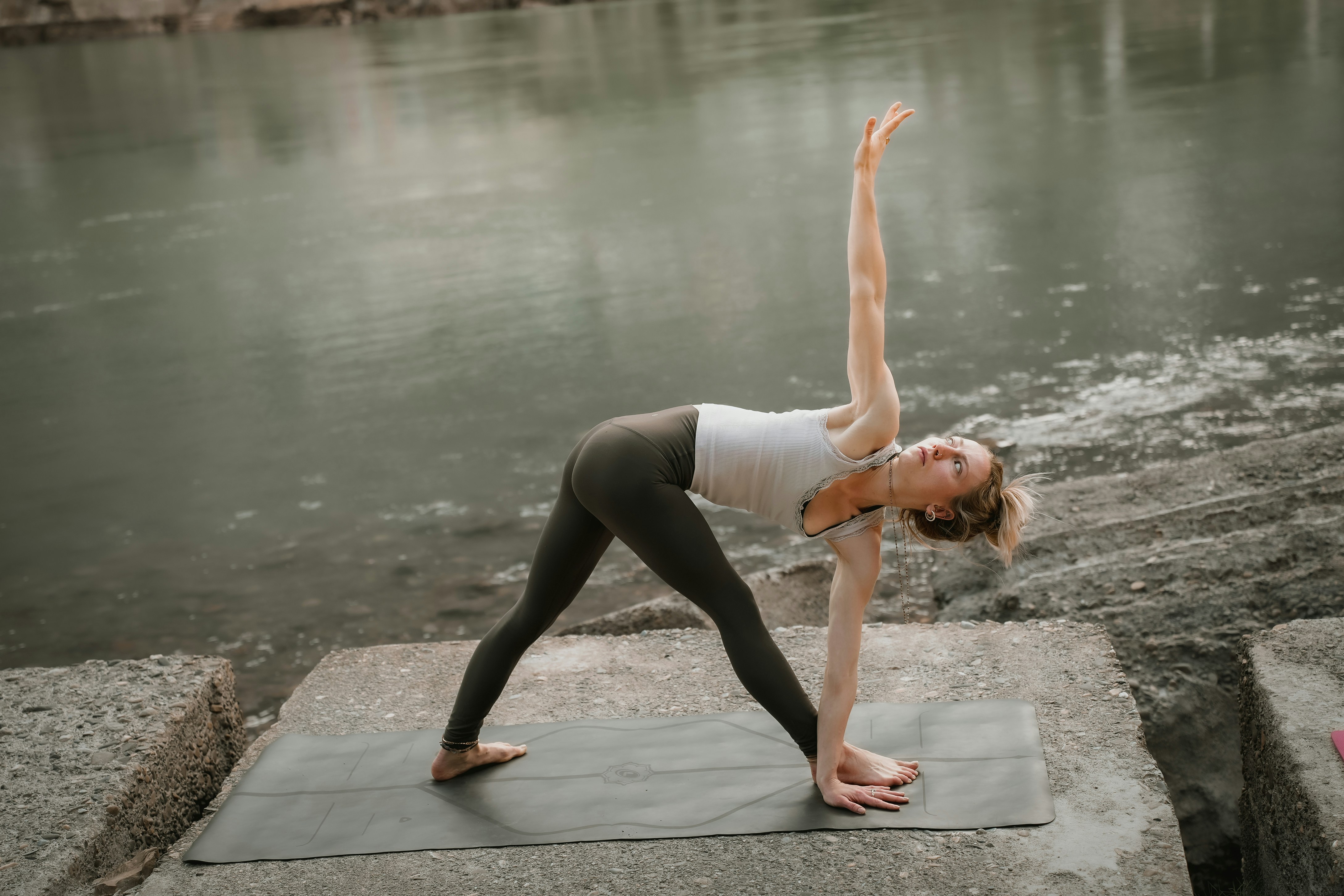The Yoga League
What is Mindfulness: A Journey Toward Present-Moment Awareness

In recent years, I’ve often encountered the term “mindfulness” in yoga classes, wellness blogs, and even casual conversations. Initially, I wasn’t entirely sure what mindfulness meant beyond just being more aware of my thoughts and actions. Over time, as I explored this concept more deeply, I realized that mindfulness is so much more than a buzzword. It’s an approach to life that encourages being fully aware of the present moment, without judgment. If you’ve been wondering what is mindfulness and why it’s such a powerful practice, then I’m excited to share my personal journey with mindfulness and how it has transformed my life.
What is Mindfulness? Understanding the Basics
Mindfulness, at its core, is the practice of paying full attention to what is happening in the present moment. It involves observing your thoughts, emotions, and physical sensations without trying to change or judge them. Instead of getting caught up in worries about the future or regrets from the past, mindfulness teaches you how to be right here, right now, fully immersed in whatever you’re experiencing.
I remember when I first heard the term mindfulness, I thought it was just about being aware of my surroundings. But as I started to explore it, I realized that it’s a practice of awareness on a deeper level. It’s about noticing the subtle things in life that we often overlook, from the way the sun feels on our skin to the sound of a bird singing in the distance.
The beauty of mindfulness is that it doesn’t require you to change anything about yourself or your environment. It’s not about achieving some lofty goal, but rather about cultivating a way of being. It’s an ongoing process of paying attention with intention, and that intention is to fully embrace the moment, free from distraction or judgment.
The Benefits of Practicing Mindfulness
After incorporating mindfulness into my life, I’ve experienced a range of benefits that have improved my mental, emotional, and even physical well-being. If you’re wondering what is mindfulness good for, here are just a few of the advantages I’ve noticed:
Stress Reduction
One of the most profound impacts mindfulness has had on my life is reducing my stress levels. In the past, I would often find myself overwhelmed by work, personal obligations, and the pressures of daily life. Mindfulness has helped me step back and gain perspective. By focusing on the present moment, I’m able to disengage from the cycle of overthinking, which often leads to anxiety and stress.
Mindfulness encourages you to let go of the constant mental chatter and instead focus on what’s happening right now. Whether it’s taking a deep breath or simply noticing the sensations in my body, these moments of awareness have brought calm and clarity, even in the most chaotic situations.
Emotional Awareness and Regulation
Mindfulness has also improved my ability to understand and regulate my emotions. Instead of reacting impulsively when I’m upset or angry, I’ve learned to pause, acknowledge my feelings, and decide how to respond thoughtfully. This practice of non-reactivity has been invaluable in improving my relationships and communication with others.
In the past, I might have ignored or suppressed difficult emotions, but mindfulness has taught me to approach these feelings with curiosity and compassion. I’ve learned that emotions are temporary, and by simply observing them without judgment, I can allow them to pass without getting overwhelmed.
Improved Focus and Productivity
Another benefit I’ve noticed from practicing mindfulness is a greater ability to focus. Before I began practicing mindfulness, my attention was constantly pulled in multiple directions. Whether it was my phone, the noise around me, or my own racing thoughts, I found it difficult to stay focused on one task for long.
Since incorporating mindfulness into my routine, I’ve found that my ability to concentrate has dramatically improved. When I focus on a single task, I’m able to give it my full attention, which allows me to work more efficiently and produce higher-quality results. I’m no longer multitasking as much, and instead, I focus on one thing at a time. This has helped me become more productive and has reduced the feeling of being constantly “busy” but not getting much done.
How to Begin Practicing Mindfulness
If you’re curious about what is mindfulness and want to start practicing it in your own life, here are some simple steps to get you started:
1. Start with Your Breath
One of the easiest ways to begin practicing mindfulness is by focusing on your breath. Our breath is always with us, and by paying attention to it, we can bring ourselves back to the present moment. When I started, I simply took a few minutes each day to sit quietly and focus on my breathing. I noticed the sensation of the air entering and leaving my body, and when my mind wandered, I gently brought my attention back to my breath.
This simple practice is a powerful way to ground yourself and become more aware of your thoughts and feelings. It’s like hitting a reset button for your mind.
2. Incorporate Mindfulness Into Daily Activities
Mindfulness isn’t just about sitting in meditation. It can be practiced throughout the day in everyday activities. Whether you’re eating, walking, or doing household chores, there are endless opportunities to bring mindfulness into your life. For example, when I’m eating, I try to pay attention to the flavors and textures of my food. Instead of mindlessly eating while watching TV or scrolling through my phone, I savor each bite and experience the meal fully.
Similarly, when I go for a walk, I pay attention to the sights, sounds, and smells around me. I notice the feeling of the ground beneath my feet and the rhythm of my breath. These small moments of mindfulness help me reconnect with the world around me and bring a sense of peace to my day.
3. Practice Mindfulness in Your Yoga Routine
As a yoga practitioner, I’ve found that mindfulness and yoga go hand in hand. Each yoga pose offers an opportunity to be present with my body and breath. When I flow through sequences or hold a challenging pose, I focus on the sensations in my muscles, the alignment of my body, and the rhythm of my breath.
Yoga has taught me that mindfulness isn’t just something I do in stillness, but also in movement. By connecting breath to movement, I’ve deepened my practice and gained a greater sense of self-awareness.
Mindfulness and Its Long-Term Effects
As I continue to practice mindfulness, I’ve realized that the benefits go beyond just reducing stress or improving focus. Mindfulness has helped me cultivate a deeper sense of gratitude, patience, and acceptance. It has taught me to let go of the need for perfection and to simply be with life as it is. I’ve learned that by being present in each moment, I can find peace and joy, even in the most ordinary experiences.
Conclusion
So, what is mindfulness? It’s a practice of being fully present in the moment, with awareness and acceptance. Through mindfulness, I’ve learned to be more patient, compassionate, and focused, and it has brought a sense of peace and balance into my life. If you’re interested in cultivating mindfulness, I encourage you to start small, practice regularly, and approach each moment with curiosity and openness. Over time, you’ll begin to experience the profound impact that mindfulness can have on your well-being.










